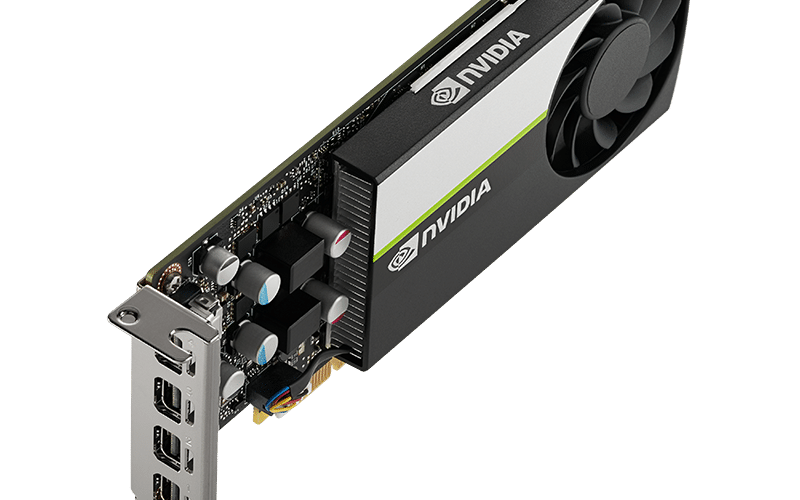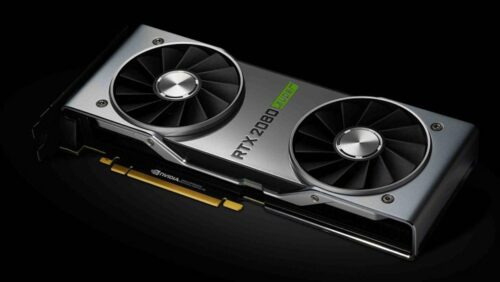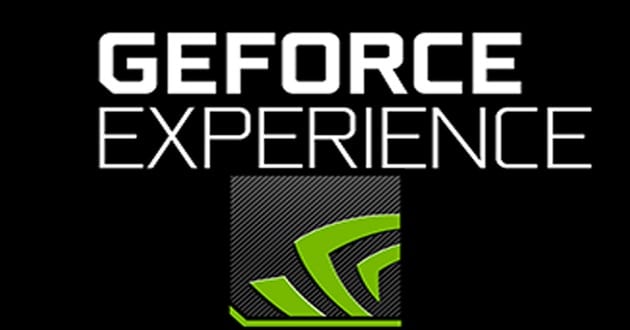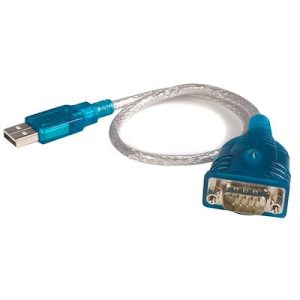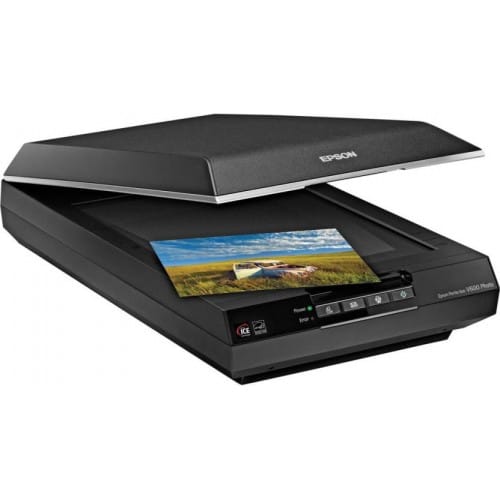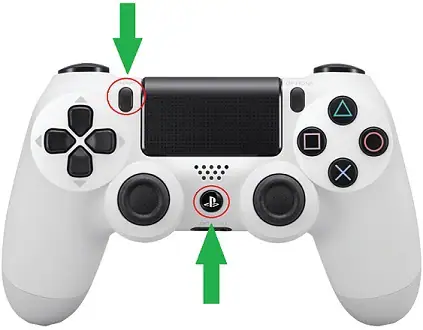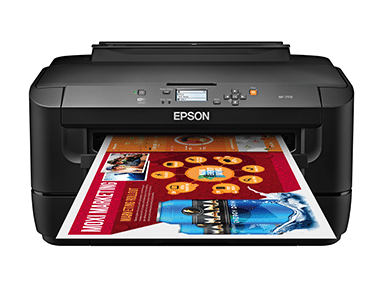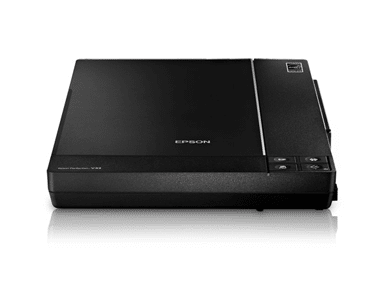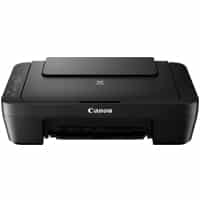How to Update Graphics Driver NVIDIA
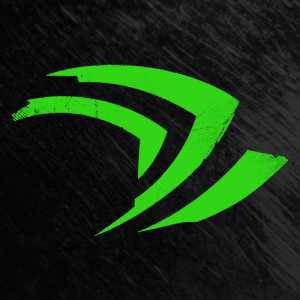
How to Update Graphics Driver NVIDIA?
How to Update Graphics Driver NVIDIA:
If your computer is acting weird, especially if it’s slow or games aren’t running well, chances are you have an outdated graphics driver. Updated drivers often introduce performance optimizations, bug fixes, and new features. So, read the article to get information on this How to Update Graphics Driver NVIDIA?
Download NVIDIA Graphics Driver (Here)
There are several ways to update drivers on a Windows PC. The easiest is to use the built-in Windows Update service.
1. Go to the NVIDIA website:
Nvidia is a big name in graphics hardware, and the GPUs it manufactures are used by gamers, developers, video editors, and other resource-heavy PC users. Like all computer hardware, GPUs require regular maintenance to stay in top form. One important way to do this is by updating the underlying drivers that control your graphics hardware. This can be done manually or using software such as GeForce Experience.
The first step in updating your Nvidia drivers is to go to the NVIDIA website. Once there, find the driver download for your specific hardware model. Then, follow the instructions to download and install the driver installer. After installing the new driver, your monitor may briefly flicker or shut off during the process. This is normal, and your system will automatically create a system restore point that you can use if the drivers cause any issues with your system.
If you don’t want to bother with the GeForce Experience software, or you prefer a more manual approach, you can also update your drivers through Windows Device Manager. This method doesn’t give you the same management options as the GeForce Experience software, but it is a quick and easy way to get your drivers updated.
If you have a laptop with a dedicated Nvidia GPU, you can also check for driver updates through the Nvidia Driver & Support app. This tool will scan your system for the latest available drivers, and if there are any available, it will download and install them.
2. Download the driver installer:
If you have GeForce Experience installed, it will detect a driver update and prompt you to download and install it. The process should only take a few minutes. It will create a system restore point during the installation, which allows you to roll your computer back to before the driver was updated in case something goes wrong.
If GeForce Experience isn’t installed, you can manually download the drivers from Nvidia’s website. To do this, visit the Nvidia Drivers page and select the option to download the latest driver for your GPU. You’ll need to enter your product type (GeForce, Titan, or Quadro), series, and product name to find the right driver. Once you’ve found the correct driver, click Download to save it to your PC.
When the file has finished downloading, double-click it to open it. Once the installer opens, click Express Installation or Custom Installation based on your preferences. Then follow the on-screen instructions to install the new driver. Your screen may flicker or shut off for a few moments during this process.
If you choose Custom installation, be sure to check the “Perform a clean installation” box. Otherwise, the new driver will overwrite the existing one, which can cause problems. Once the driver is installed, you can close the GeForce Experience app and restart your computer.
3. Run the installer:
Nvidia makes some of the best GPUs in the world, but like any piece of hardware, they require maintenance to keep them running at their peak. For Nvidia users, this means updating the drivers regularly. The latest drivers can unlock performance improvements, fix 100% disk usage problems, and add exciting new features. Updates also help protect against security vulnerabilities that hackers are trying to exploit.
First, you will need to download the driver installer. You can do this by visiting the Nvidia driver download page and choosing the product type, series, and product that matches your GPU. Once you have the file, double-click it and follow the prompts to install the driver.
To install NVIDIA drivers in a Debian/Ubuntu VM, you will need to use a different method than on Windows. In this case, you will need to use the package management system to install the driver. This is because Linux VMs have Secure Boot enabled, and installing the driver manually will cause the kernel to be upgraded, which could break your VM.
Before starting the process, it’s a good idea to create a backup. This will allow you to roll back to a previous version of the driver if anything goes wrong during installation. If you are using the Ops Agent to collect GPU metrics, remember to stop the agent before performing this step.
4. Install the driver:
Updated graphics drivers unlock higher resolutions, smoother frame rates, and better image quality in games. They can also speed up your computer and improve performance in other programs, such as photo or video editing software.
The easiest way to update the NVIDIA graphics driver is through GeForce Experience, which checks for and automatically installs updates. You can also download and install the drivers manually. To do this, open the NVIDIA website and find the driver installer for your GPU. This may be in your browser or your Downloads folder. Double-click the installer and follow the instructions to install the driver.
Before installing the drivers, make sure that your hardware and software are compatible. This is especially important if you use NVIDIA products such as SLI or CrossFire, which require special versions of the driver and hardware to work properly.
You can also install the drivers on Ubuntu by using the Ubuntu drivers tool or APT. This method is less intuitive, but it can be faster and more reliable than using the GeForce Experience tool.
The process of updating the graphics driver on Windows is similar to that on Linux. You can also use the Windows Device Manager to update the drivers if the automatic method fails. The process is similar on Windows 10, but you might have to click the Advanced Options link to display all of the available devices.
Conclusion
So, read the article to get information on this How to Update Graphics Driver NVIDIA? we shared the complete information on this topic.

